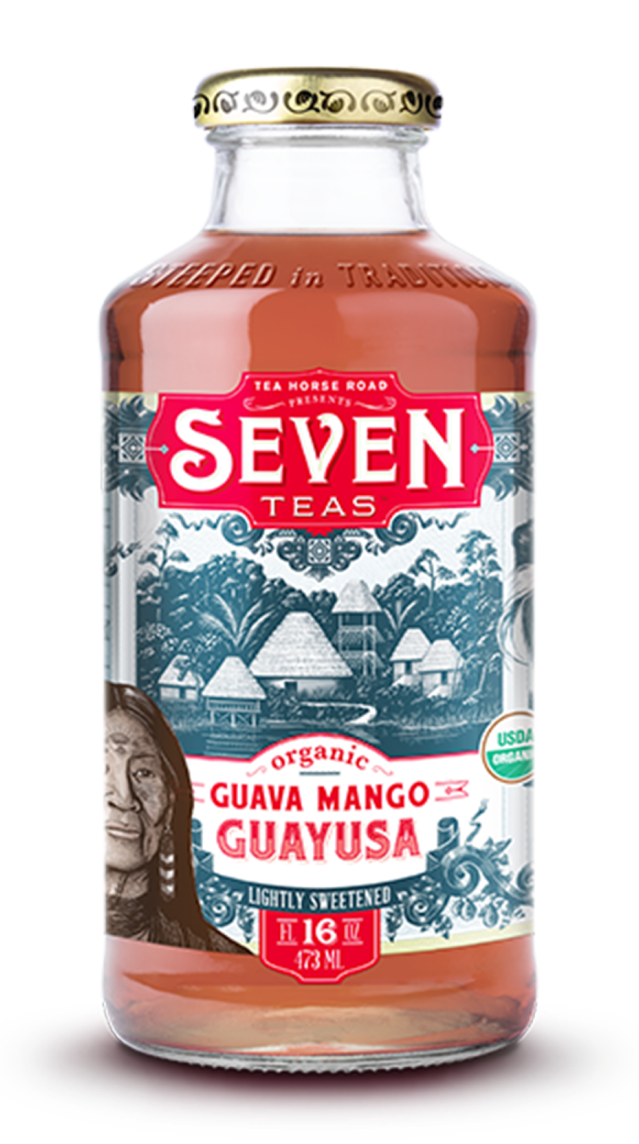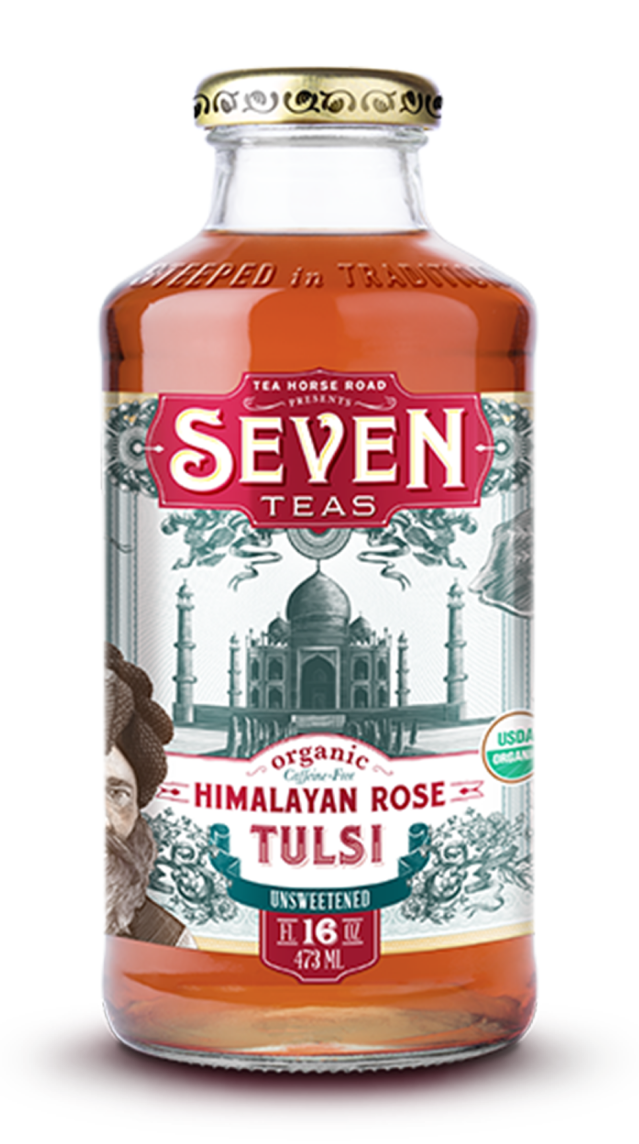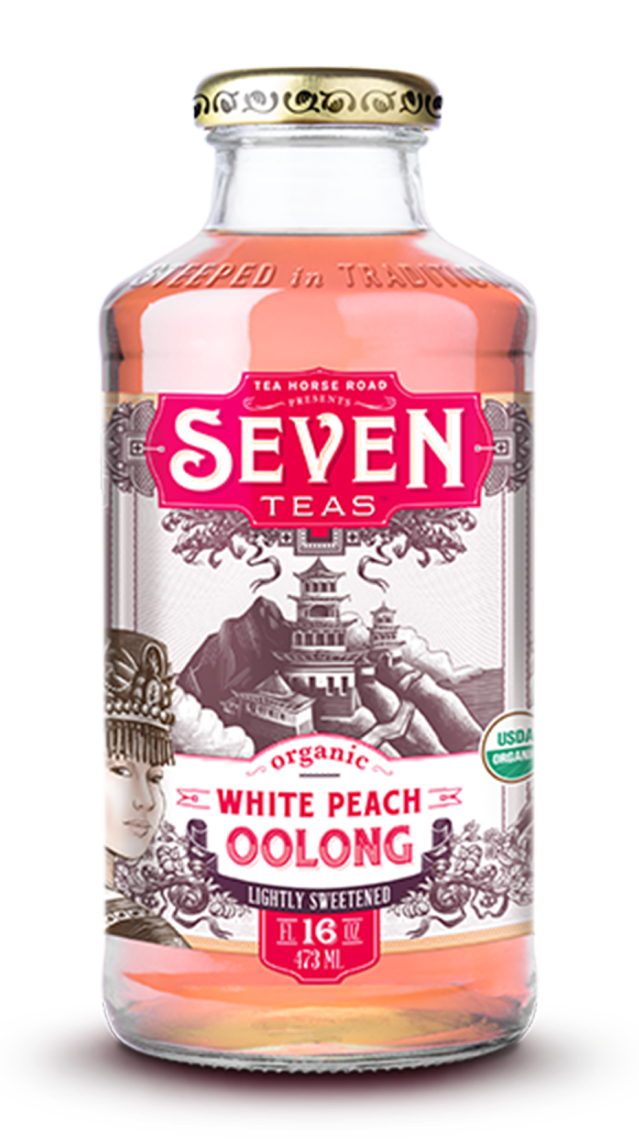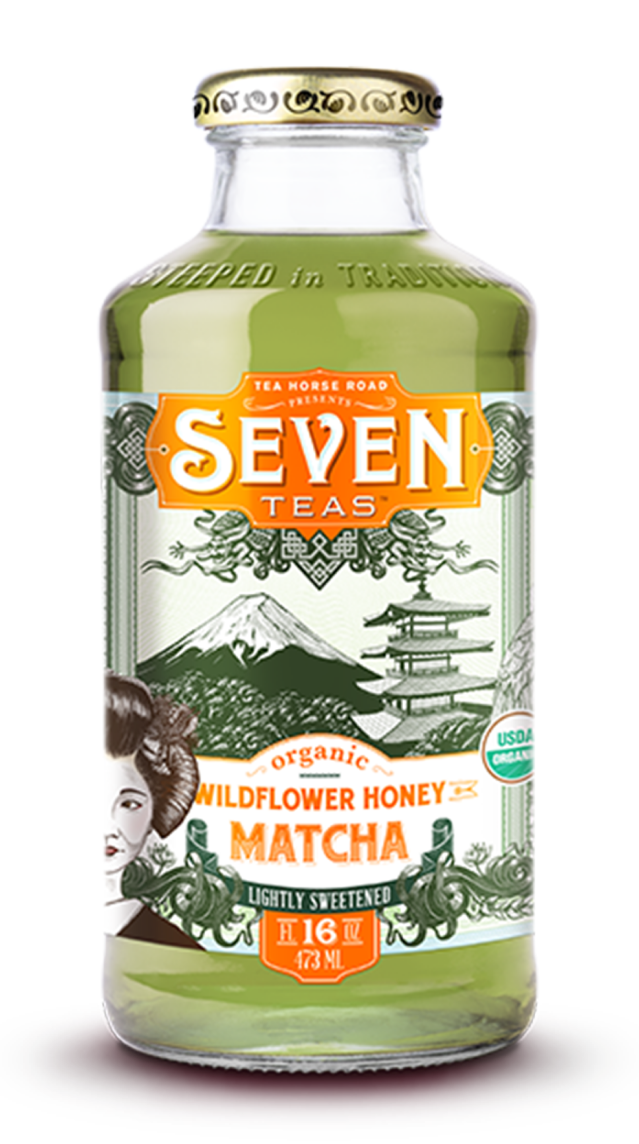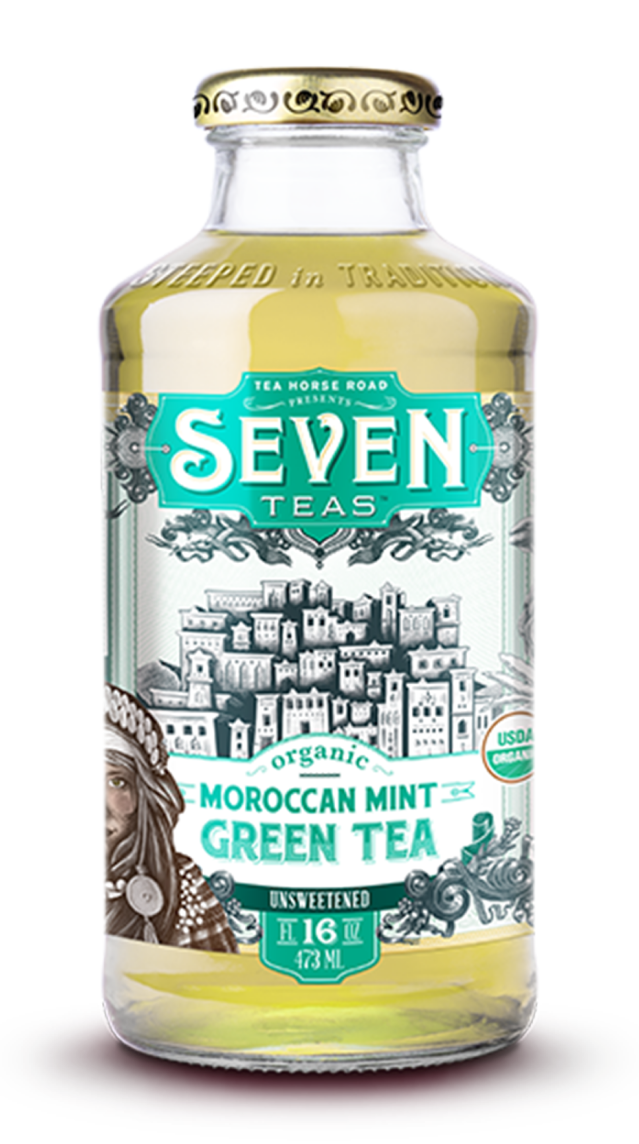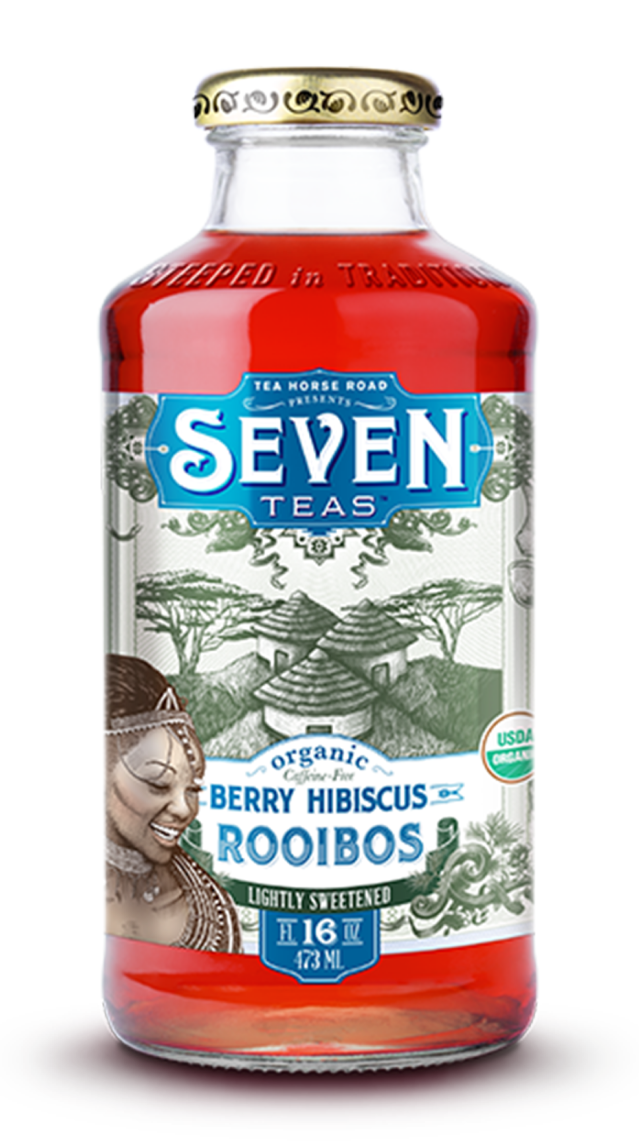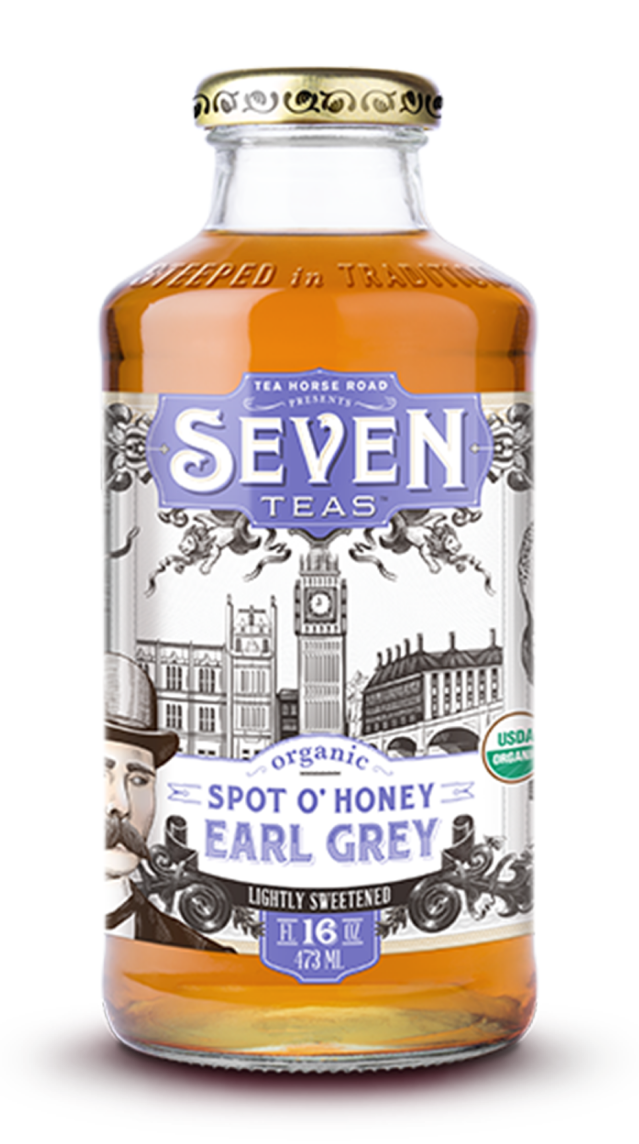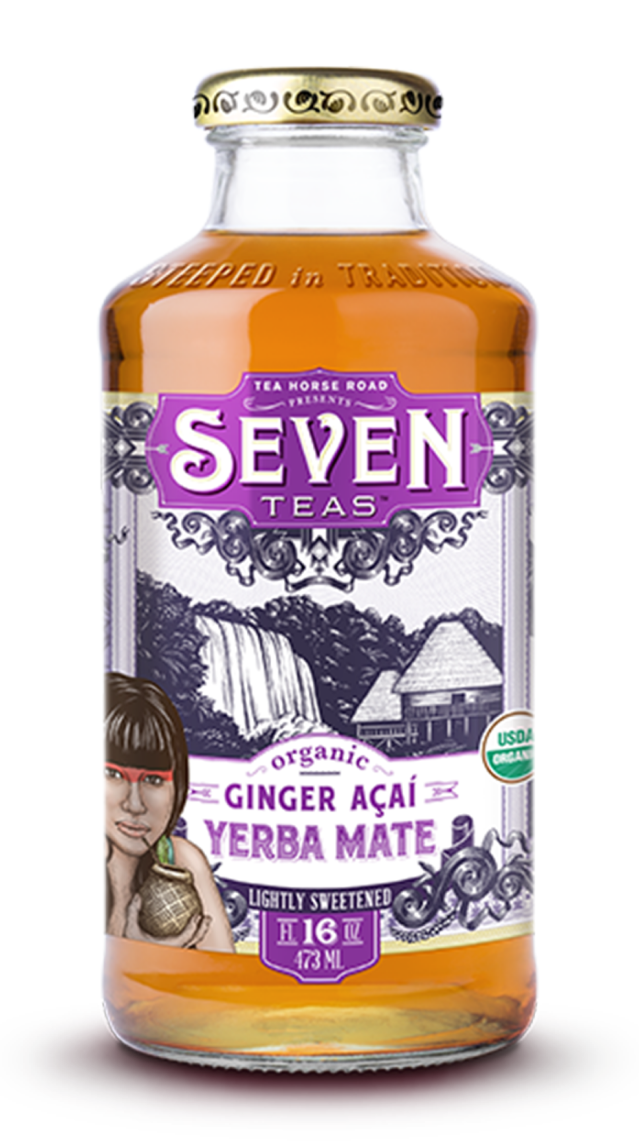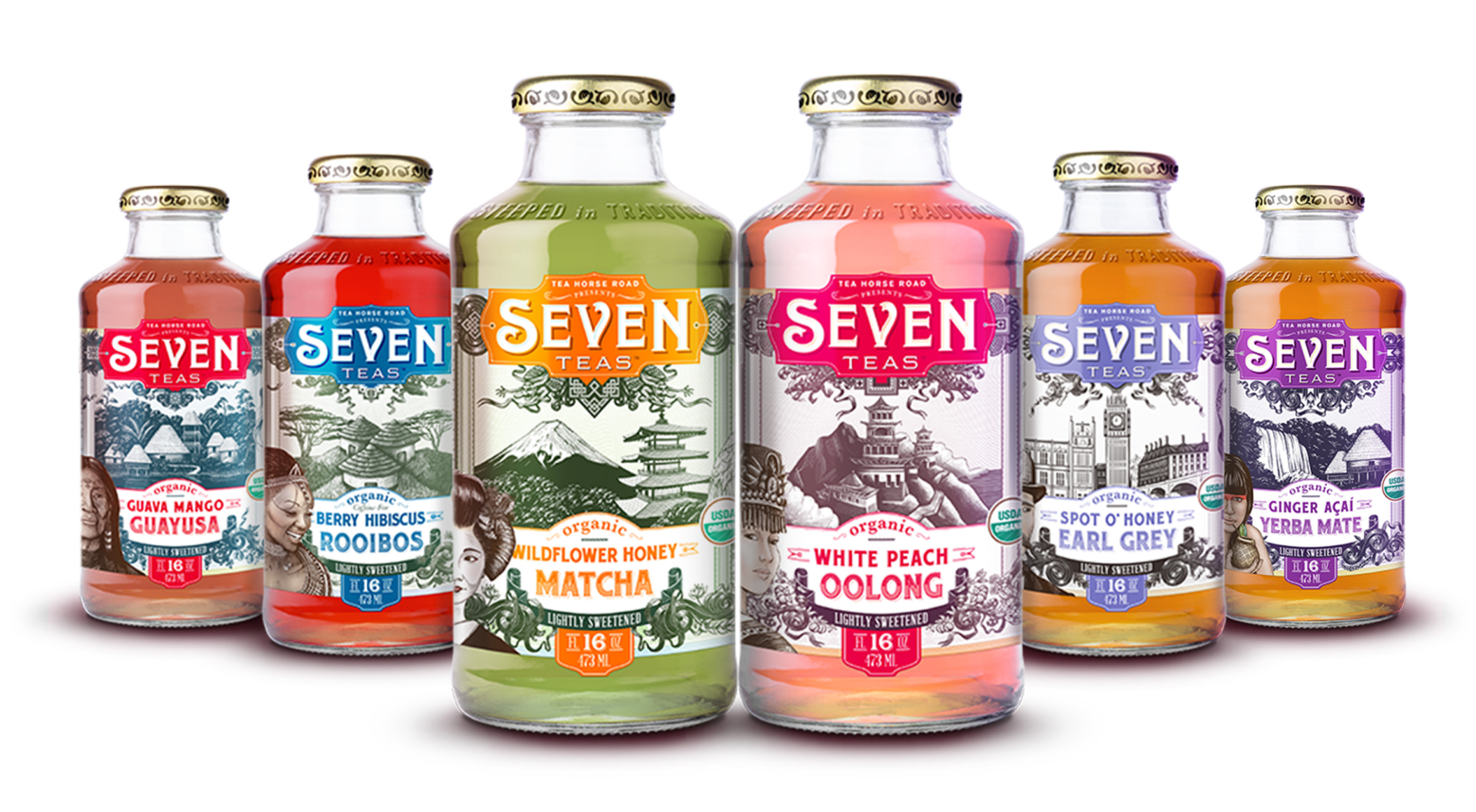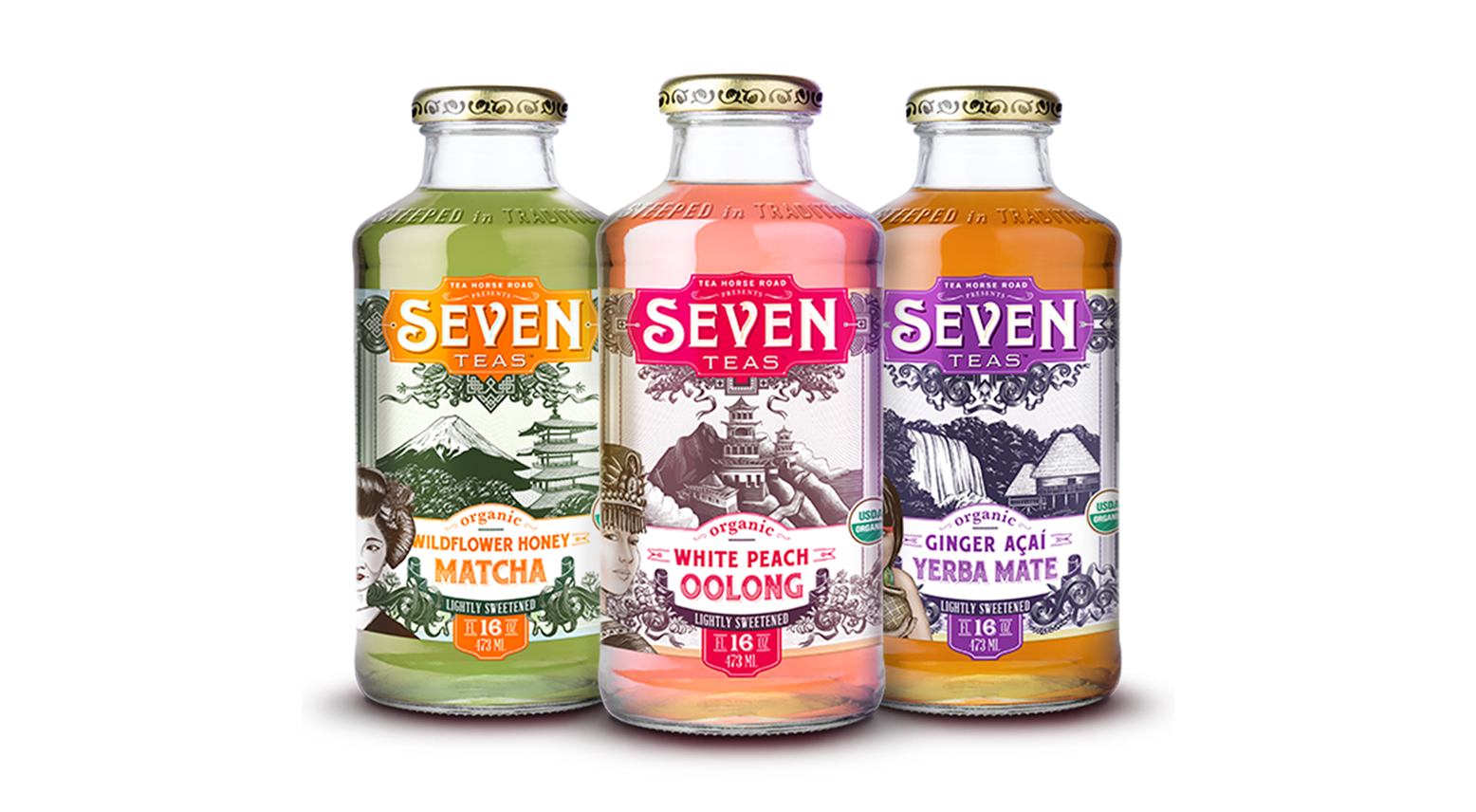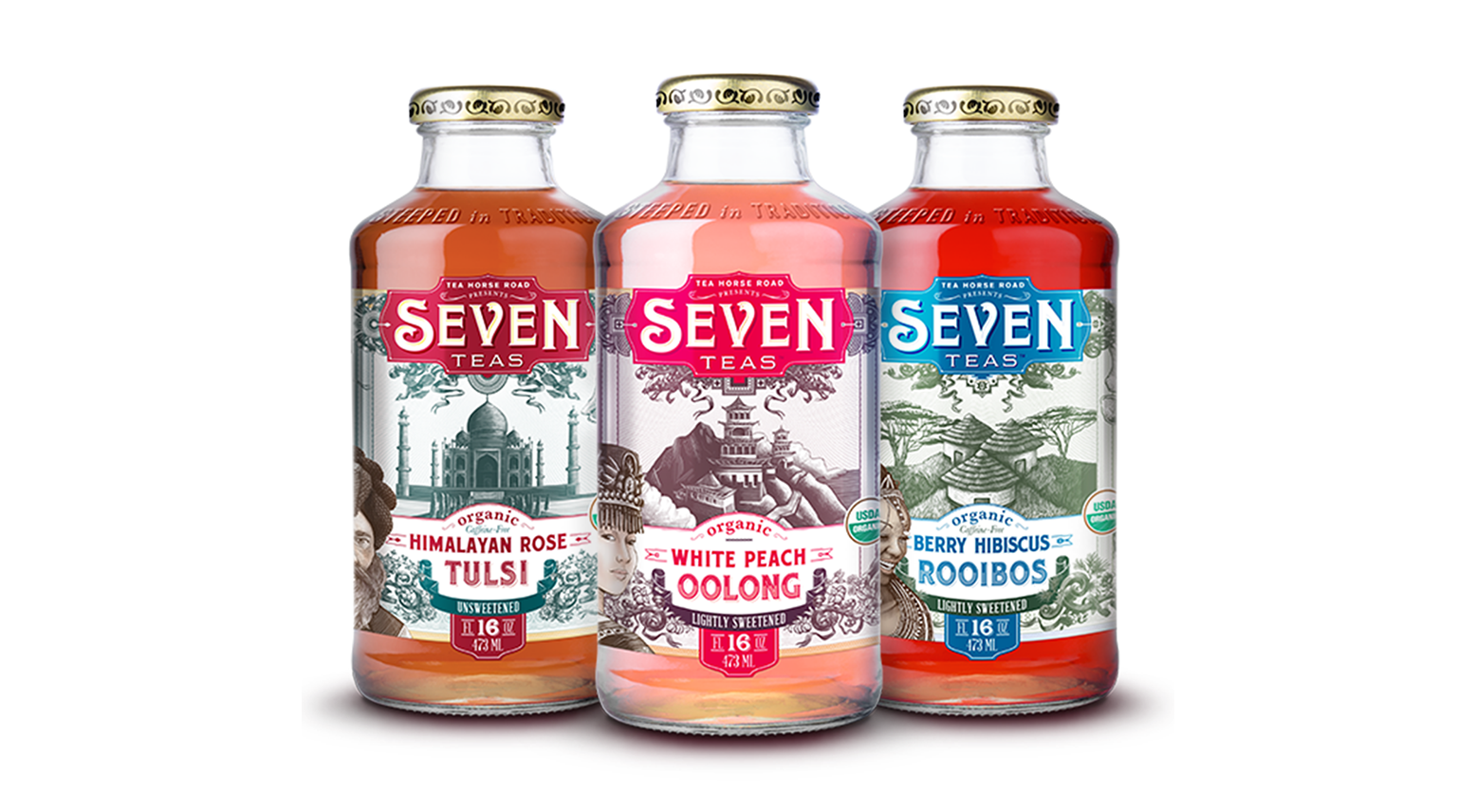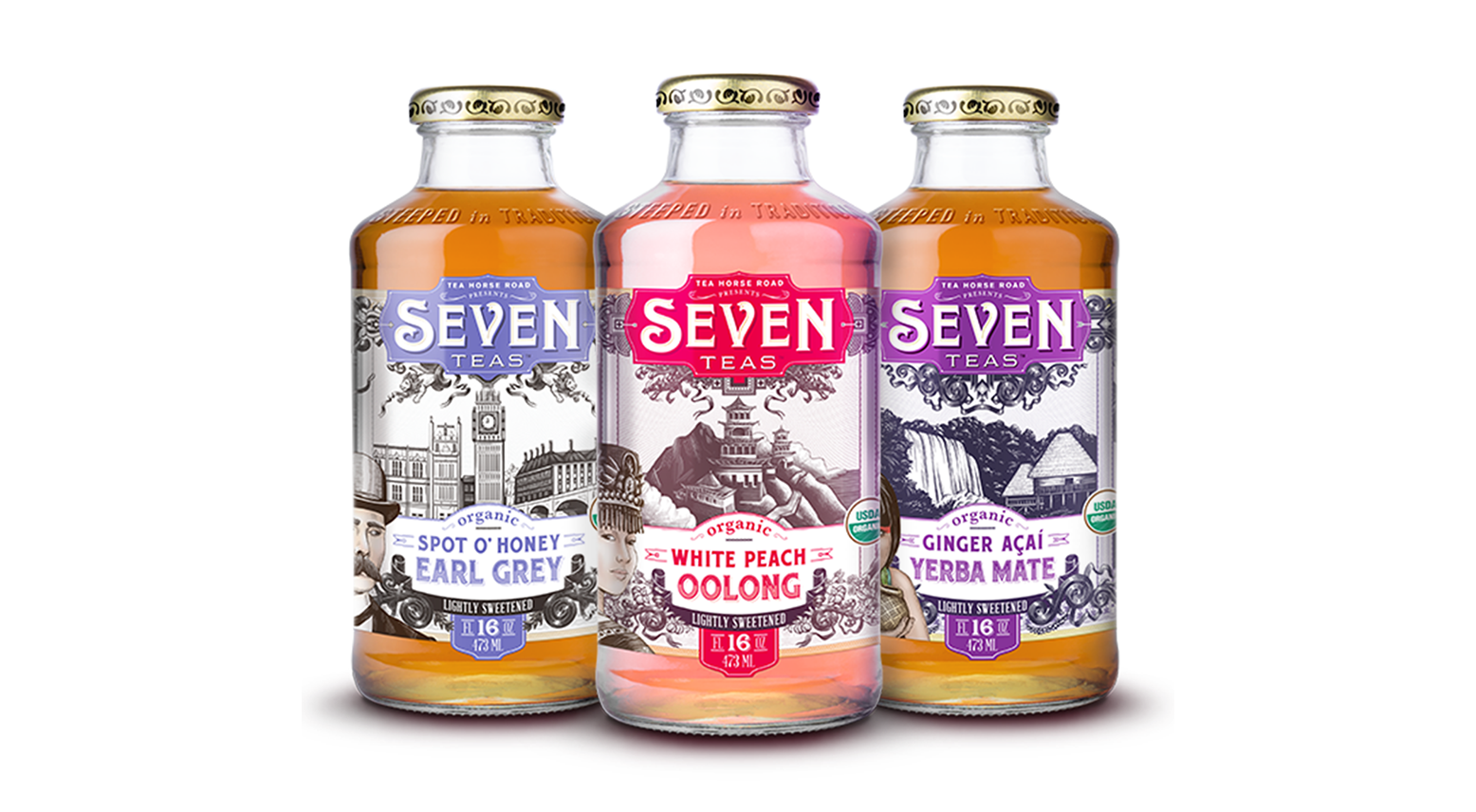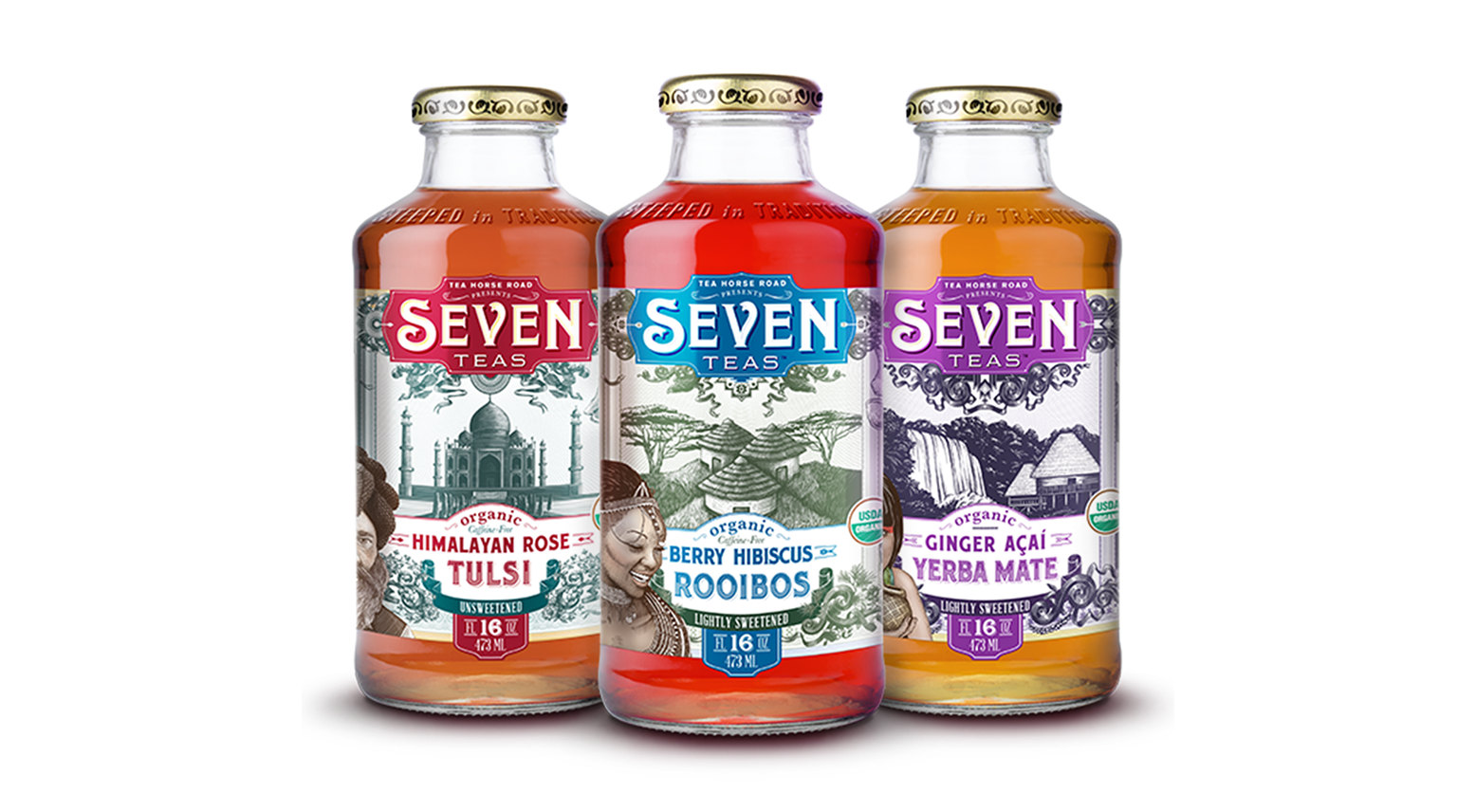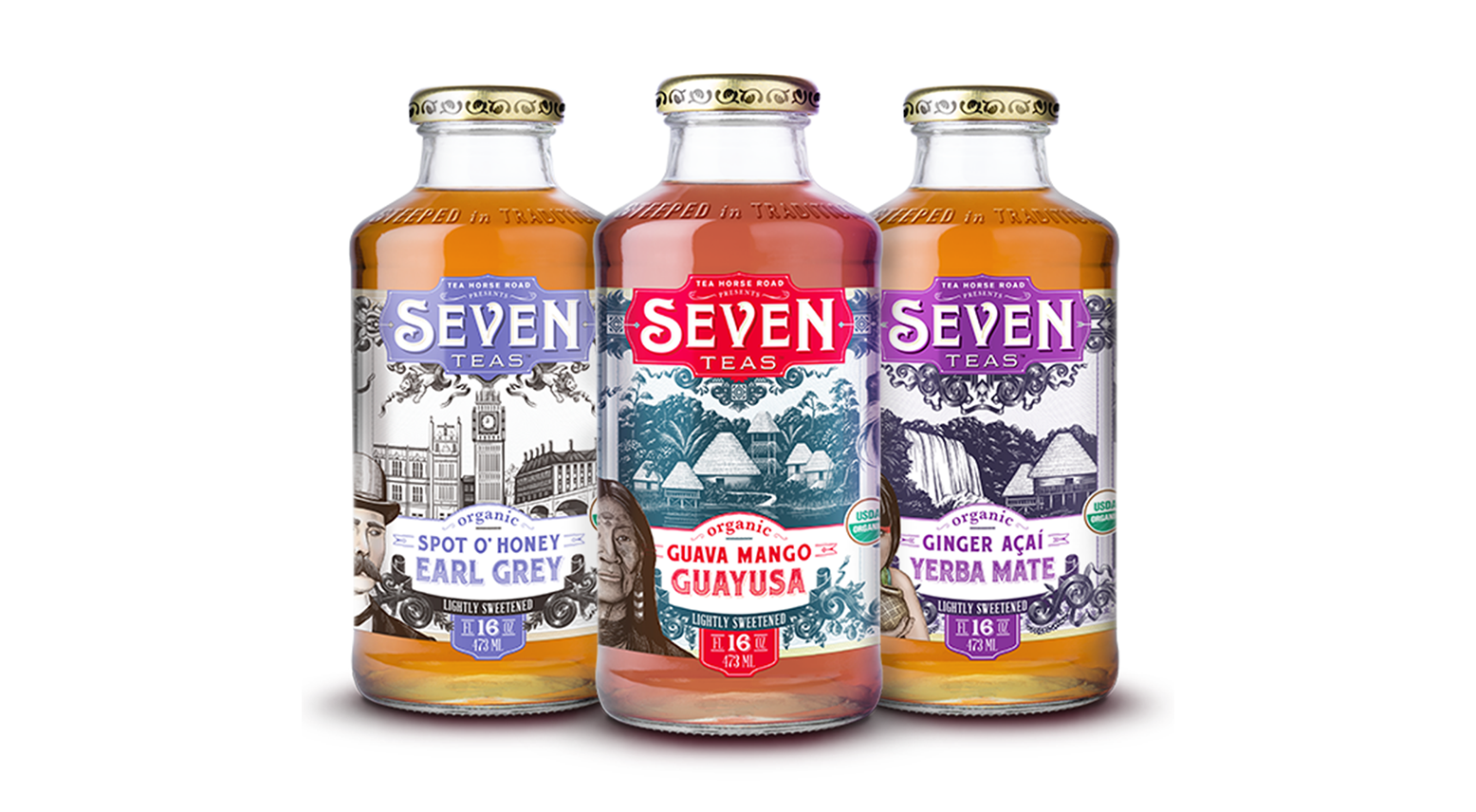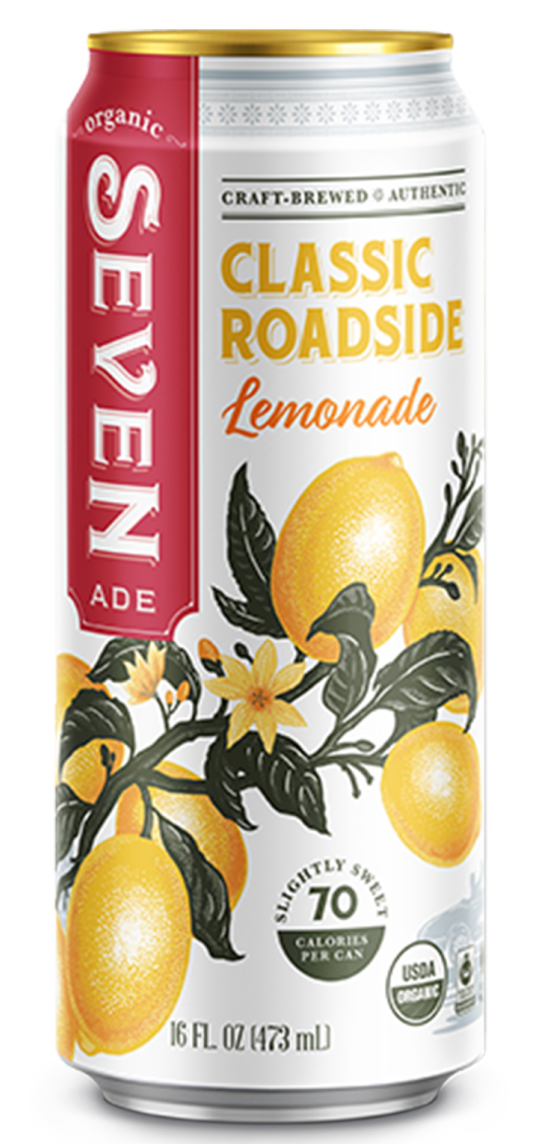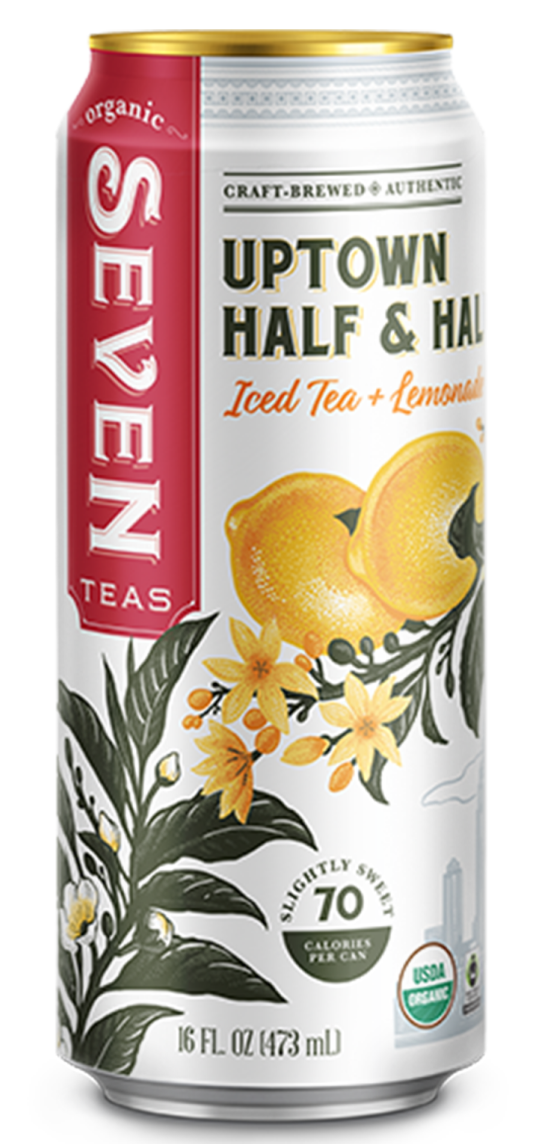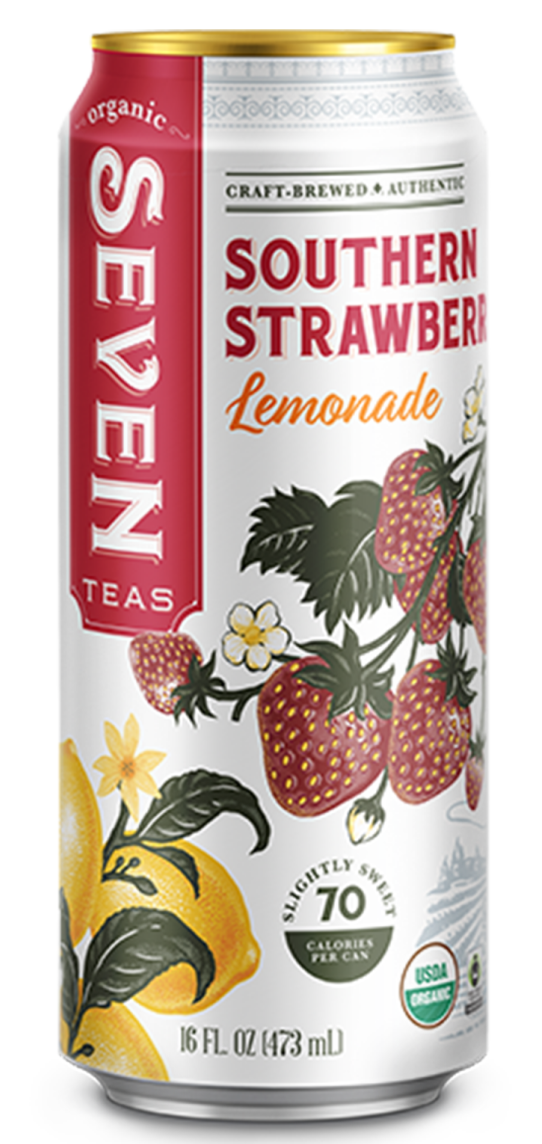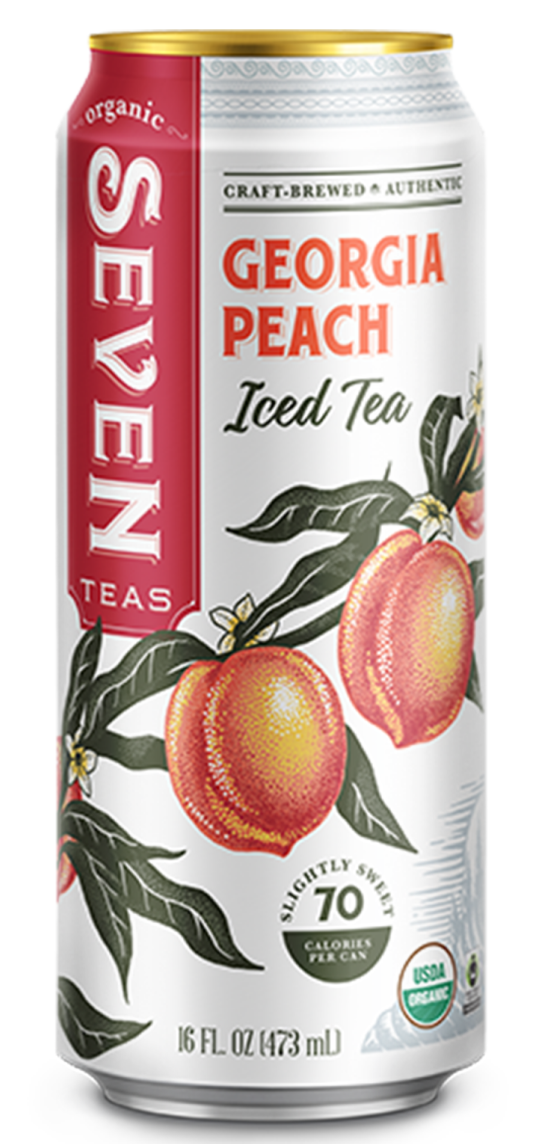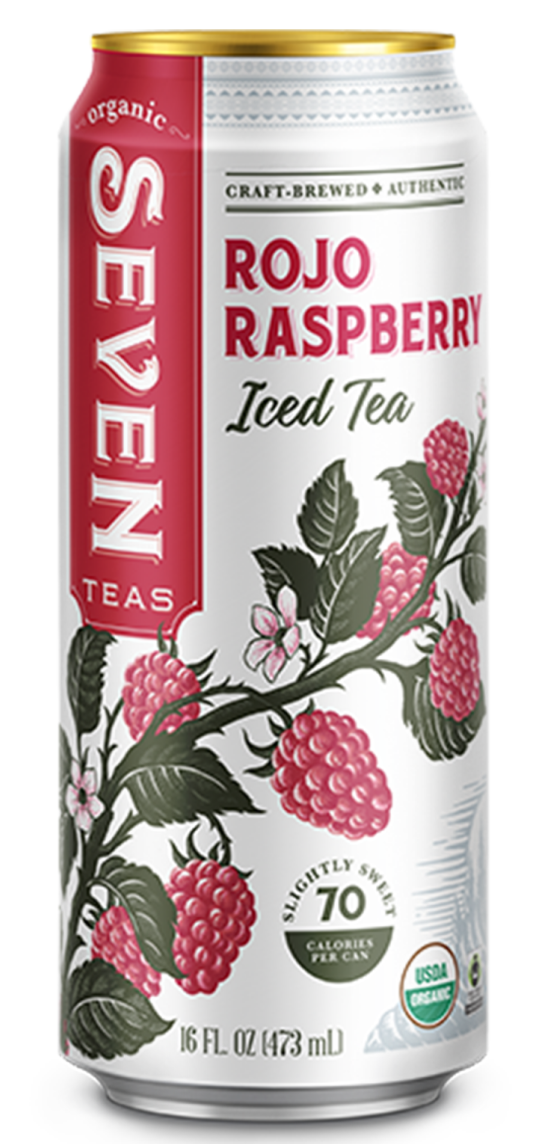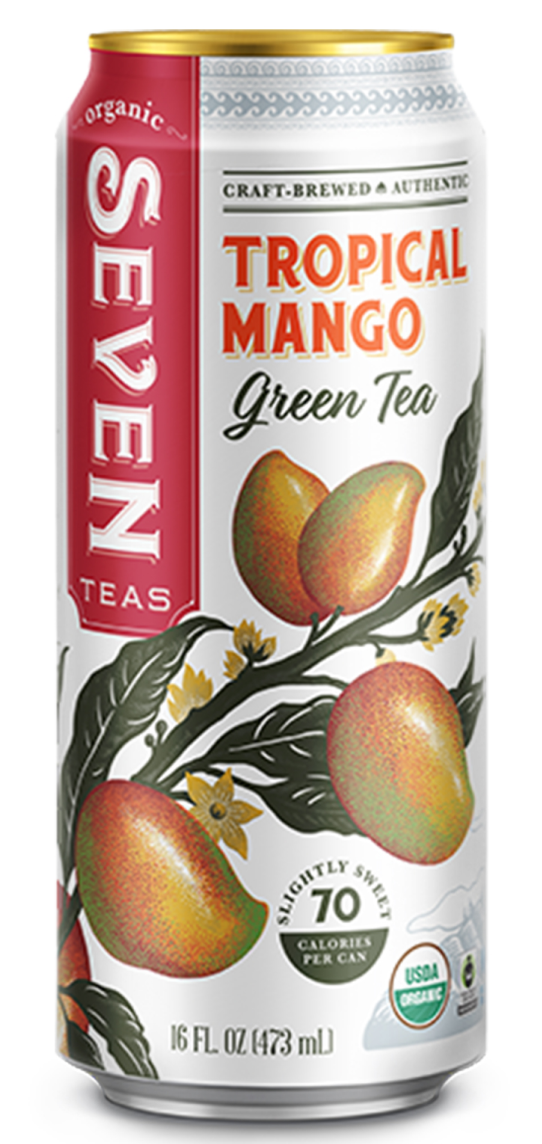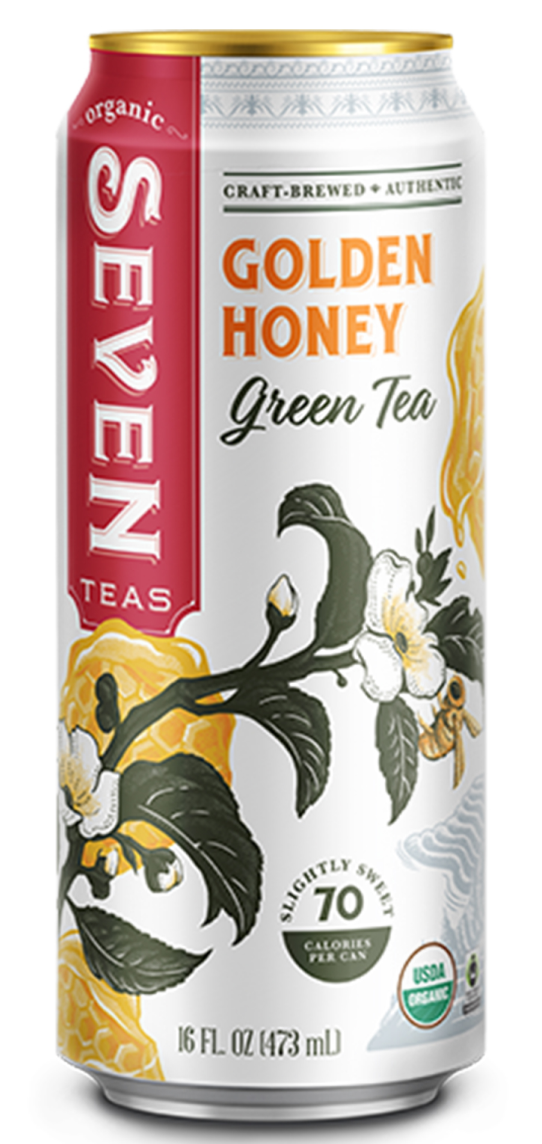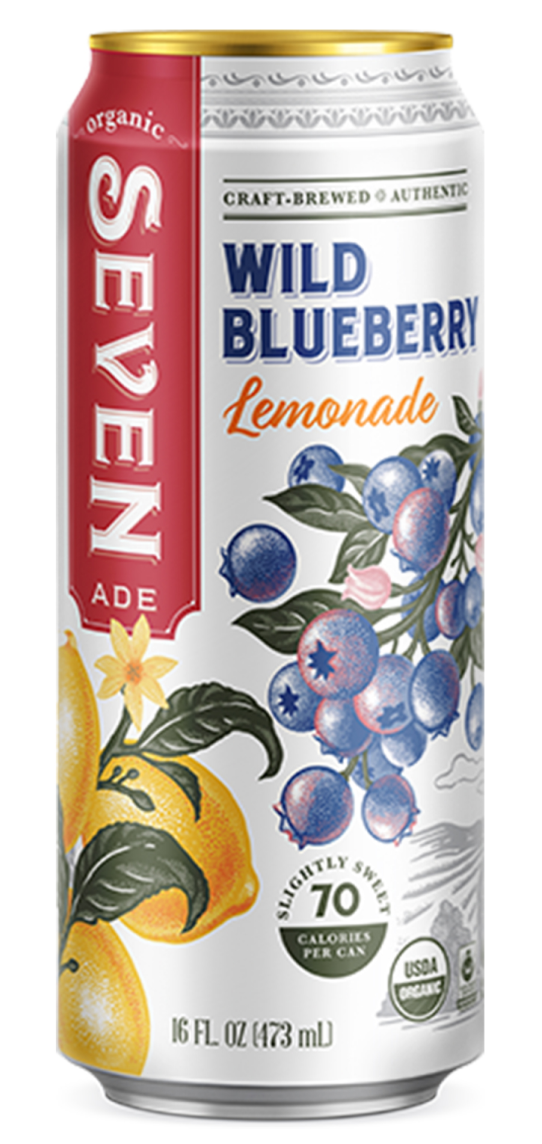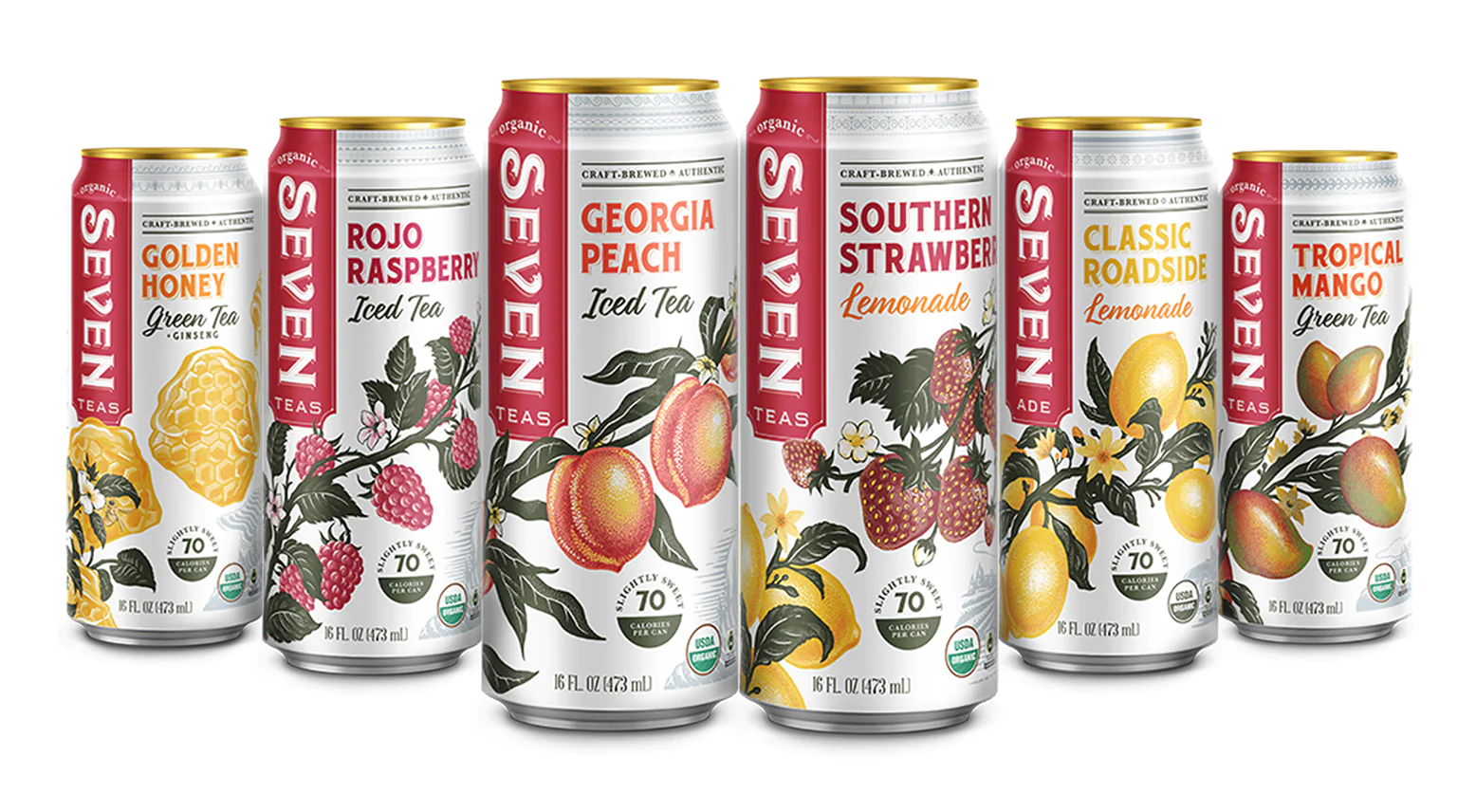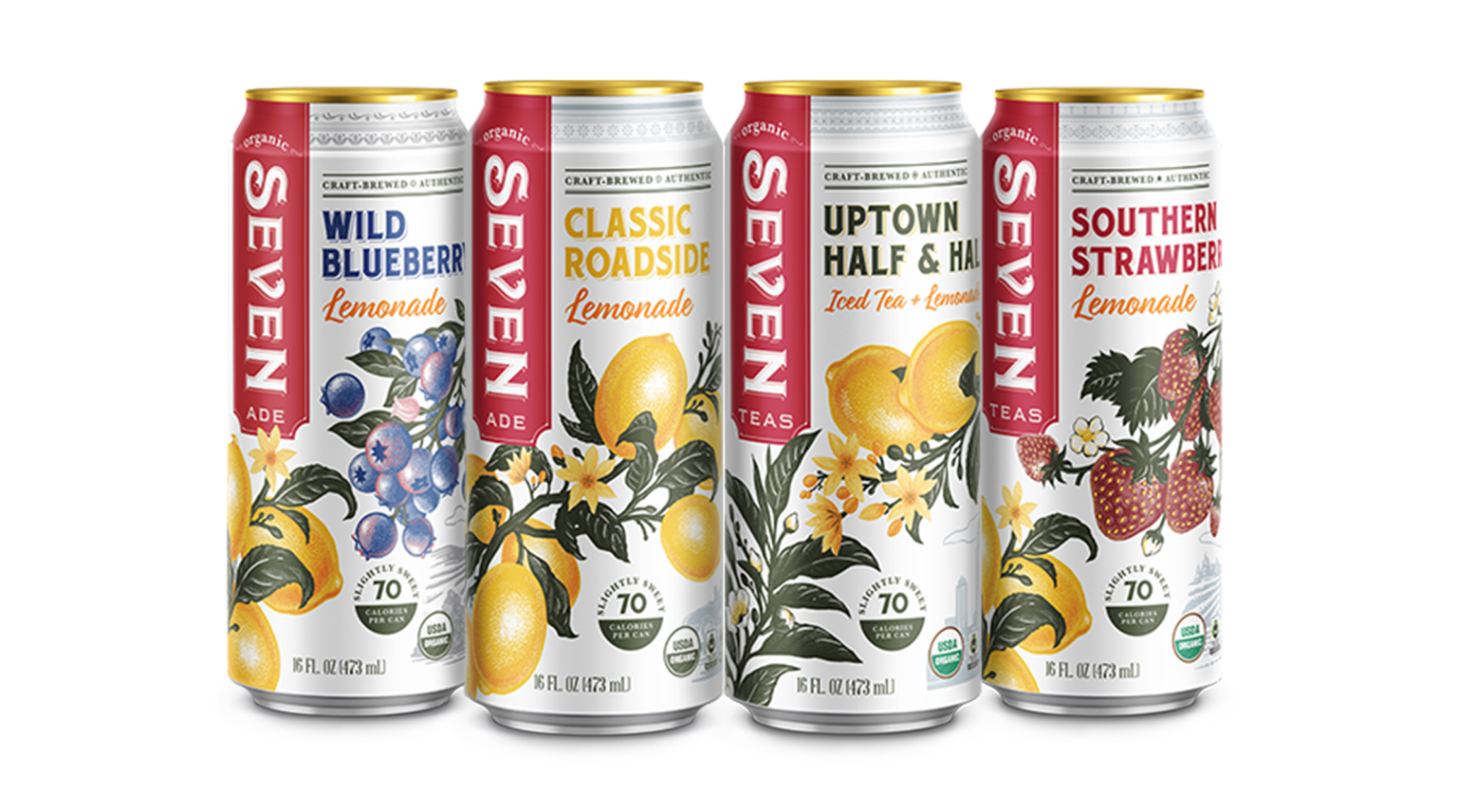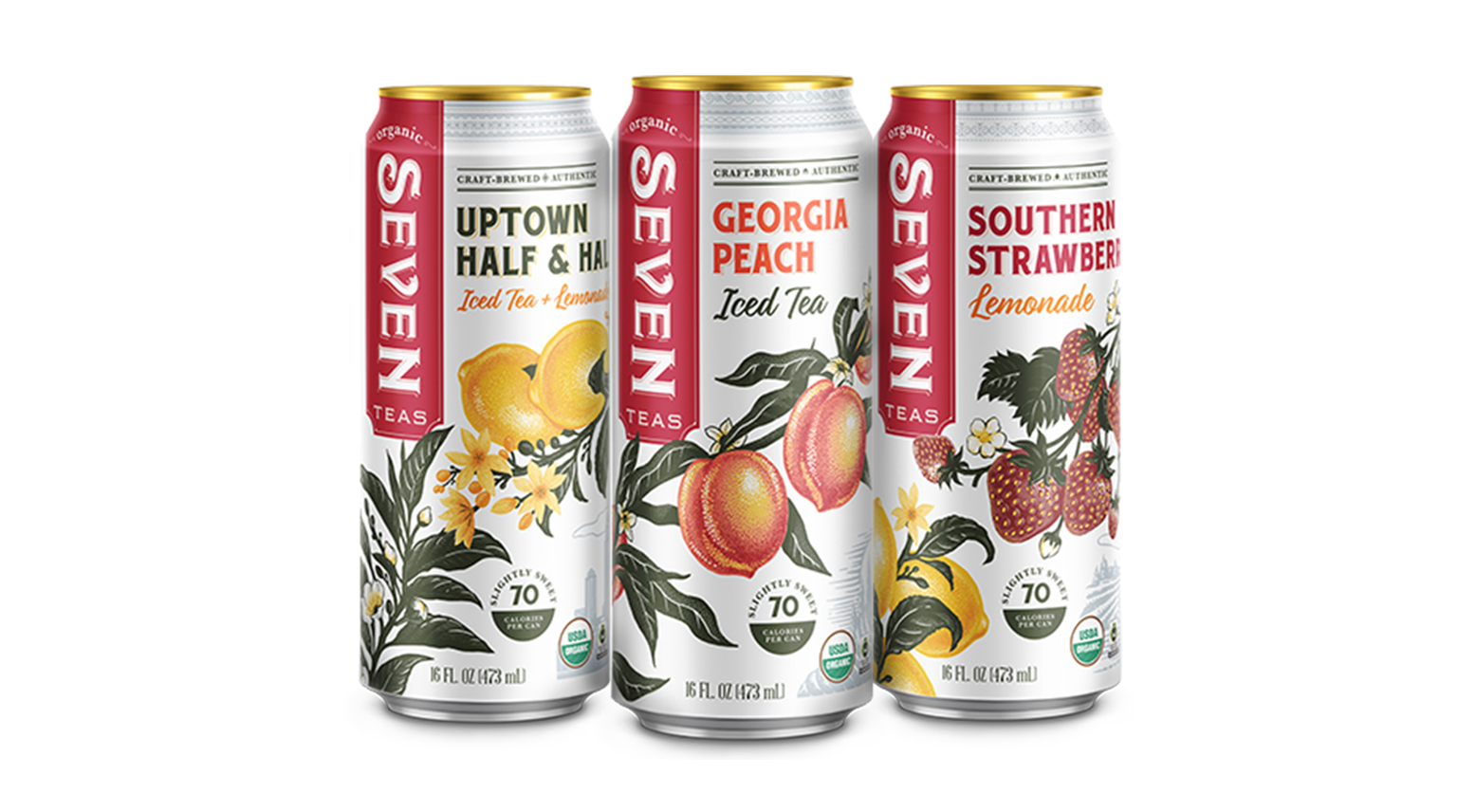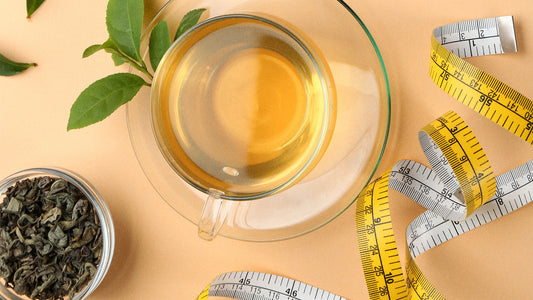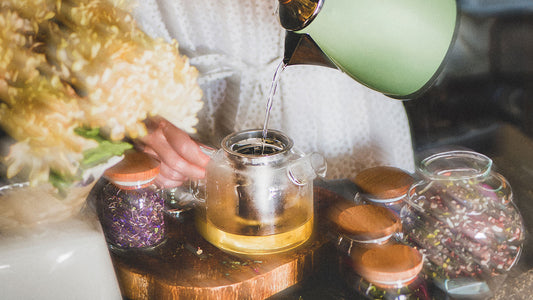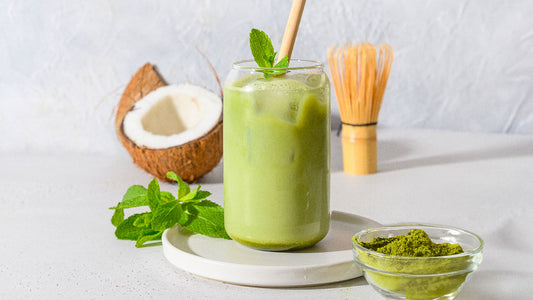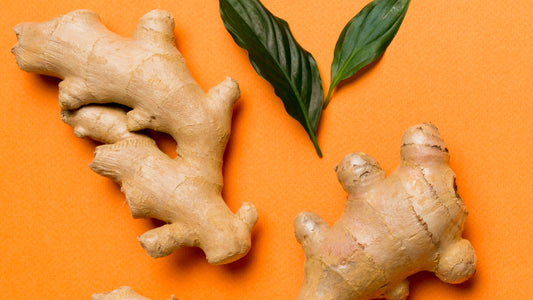Whether you prefer a cool glass of iced tea or a steaming cup of hot tea, the preparation method makes all the difference in terms of flavor and scent. Tea leaves change from harvest through drying, creating the difference between a delicate, sweet white tea and a strong, powerful black tea. Separate leaves or plants do not cause the tastes and aroma you experience; instead, these distinct tea characteristics are caused by how the teas are processed. Here is more on how tea is made.
What Exactly is Tea?
Tea is the world’s second-most popular beverage, behind water. There is a taste for everyone, with hundreds of various smells and fragrances ranging from cold, fresh, and herbal to flowery and spicy. Tea has a wide range of health advantages and is a terrific method to improve your health, while also enjoying a tasty beverage.
Tea originated in China and has been used for ages by ancient cultures such as the Romans and Greeks and traditional medicine such as Ayurveda. Tea has long been celebrated as a vital component of social life in China and Japan, where it has been drunk as part of religious and cultural rites of passage since its discovery. When traveling, Portuguese missionaries and business people found tea in the 16th century, and it made its way from Asia to the Western world. Tea did not become popular in Great Britain until the 17th century, during British colonial control, and was integrated into social events.
How is Tea Made?
To help you understand the journey of the tea leaf from its native green hills to your steaming mug, we’ve included a detailed breakdown of the whole process, from harvest to brewing. Read on to discover the steps that transform the same plant’s leaves into teas with wildly varied tastes and fragrances.
Cultivation
The first step in making tea is cultivating the plant. Camellia sinensis is a perennial plant that thrives in warm climates and flourishes in moist, acidic soil. From England to New Zealand, you may find tea plants in gardens. Growing tea plants at higher altitudes results in stronger-tasting leaves.
An average tea plant needs around three years to mature enough to harvest leaves for the beverage. There are three distinct size classes for tea plants. The largest leaves come from Assam, the middle ones are from Cambodia, and the smallest are from China. While the tea plant may reach 50 feet, most plants used for tea harvesting are kept around waist height, so that the tender, newly opened leaves can be easily picked. Plants kept at a shorter height typically develop more shoots and leaves, improving yields.
Harvesting
The tea plant’s leaves are picked and brought to a neighboring tea factory for processing. During the harvest, just the top one to two inches of the tea plant’s leaves are picked. These tea leaves, known as flushes, are produced every 7 to 15 days throughout the season.
Tea leaves are often picked by hand from the tea garden or tea plantation and arranged in huge wicker baskets. When a basket is full, it is carried to a tea master, someone who inspects and weighs the leaves to verify quality. Broken leaves, as well as those with sun or water damage, are often discarded. Only roughly 25 kilos of fresh tea leaves are passed onto the next stage of tea manufacturing for every 100 kilograms of fresh tea leaves.

Processing
All authentic teas are made from the same leaves — the difference in color, scent, and flavor is due to how they are processed after harvest. Depending on the desired tea kind, leaves can be withered, dried, oxidized, burned, and shaped. For example, green and white tea leaves are not oxidized. Instead, they are sun dried, pan fired, or steamed and then shaped into pellets or little twigs. Matcha green tea powder is traditionally crafted by grinding green tea leaves.
Tea Processing Types
There are two primary tea-producing methods: orthodox and non-orthodox. Each process yields a different end tea product.
Orthodox Processing
The orthodox tea processing method is the most widely utilized. The tea leaves go through four steps in this process: withering, rolling, oxidation, and drying. The orthodox method involves the following:
Whole Leaf
The orthodox method uses a method that keeps the flavor and integrity of the whole tea leaf at every stage of production.
Rolled & Shaped for Loose Leaf Tea
Depending on the type of tea being made, whole tea leaves are meticulously rolled or shaped into various sizes and shapes. Different kinds of loose-leaf tea, like white, green, oolong, and black, are made with orthodox processing.
Artisan Method
An artisan orthodox tea maker may substantially influence a tea’s final look, fragrance, and flavor by shaping, oxidizing, and drying the tea leaf during production.
Brewing
Our brewing methods at Seven Teas are sacred. We respect the practices of the places where we learned them and source each tea leaf from its native land: Tulsi from the Himalayan foothills of Northern India; Oolong from the coastal mountains of Southeastern China; and ceremonial shade-grown Matcha from the hillsides of Honshu, Japan.
As The Brew Bros, Josh and Jeremy stay focused on the future while keeping a watchful eye on the past. In doing so, they guarantee that Seven practices are compatible with their personal values:
- We make tea using mountain spring water and organic Fair Trade components.
- As a global community, we appreciate our common variety.
- Profits are reinvested in the health of the earth and all humanity.

